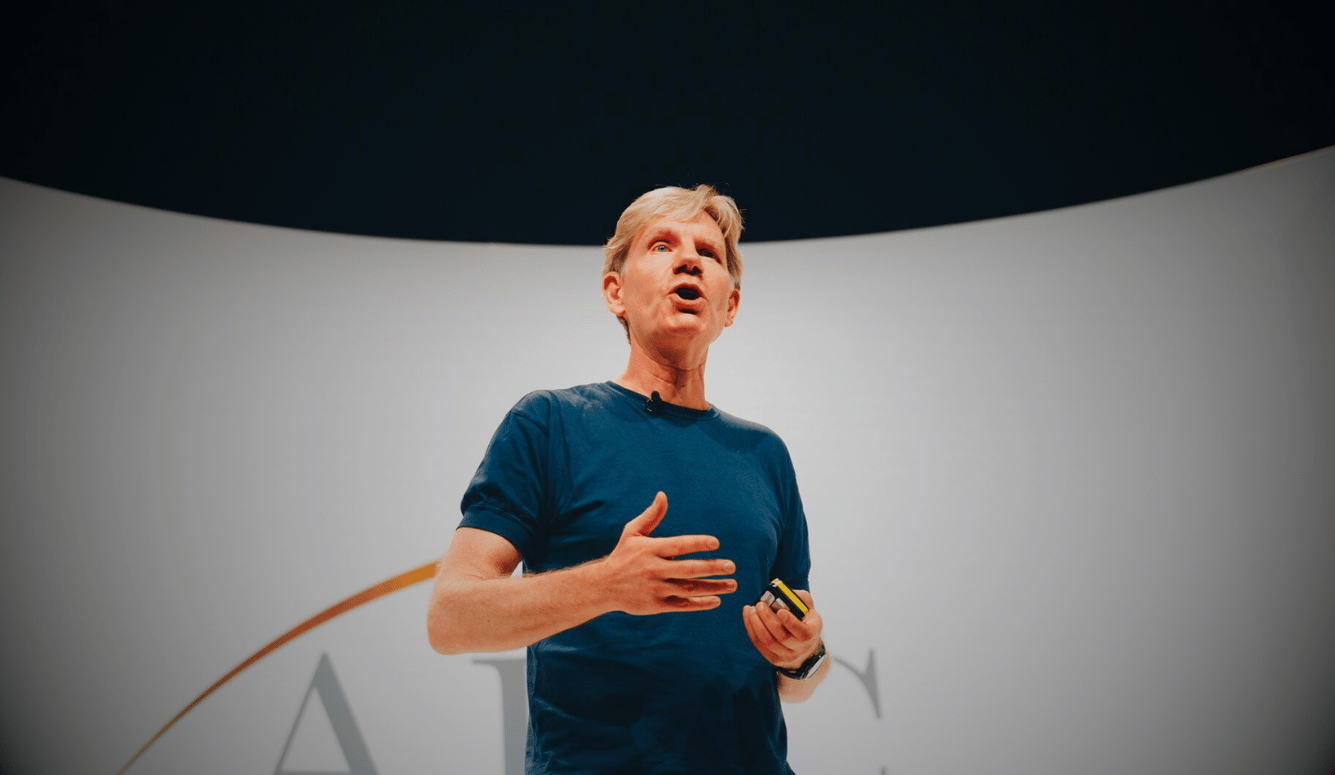climate
A Vindication of Bjorn Lomborg
Lomborg’s experience shows what happens when a researcher challenges a powerful narrative with inconvenient numbers.

When the Danish scholar Bjorn Lomborg published The Skeptical Environmentalist in 2001, the reaction from the environmental establishment was not debate but an attempted excommunication. Scientific American devoted a special package to attacking the book as biased and error-ridden. Union of Concerned Scientists accused him of misrepresenting science and overstating good news.
In Denmark the response went further. The Danish Committees on Scientific Dishonesty decided that The Skeptical Environmentalist was “clearly contrary to the standards of good scientific practice” and “objectively” fell within the concept of scientific dishonesty. Disgracefully, the Committees based their finding on biased third-party critiques, presented no documentation of errors, and engaged in rank anti-Americanism, such as alluding to “powerful interests in the USA bound up with increasing energy consumption and with the belief in free-market forces.”
The case generated international headlines and was treated as a formal stain on Lomborg’s integrity. A year later Denmark’s Ministry of Science threw out the initial decision on numerous counts. They found the original decision “dissatisfactory” and “emotional,” but most importantly the Ministry invalidated the decision because it was “not documented” and it was “completely void of argumentation” — something which a legally valid decision needs according to Danish law. The Ministry sent the case back to the Committees, which declined to reopen it.
The substance of Lomborg’s crime was simple. He took the environmental litany of doom and gloom and checked it against long-run data from the UN, the World Bank, and other official sources. He concluded that on most indicators human welfare had improved, many environmental trends were not as catastrophic as advertised, and that resources devoted to some flagship green causes would save more lives if redirected to basic health, nutrition and economic development. He accepted that global warming is real and largely man-made but argued that the standard policy mix of aggressive near-term emissions cuts was a poor investment compared with targeted adaptation, innovation and poverty reduction.





